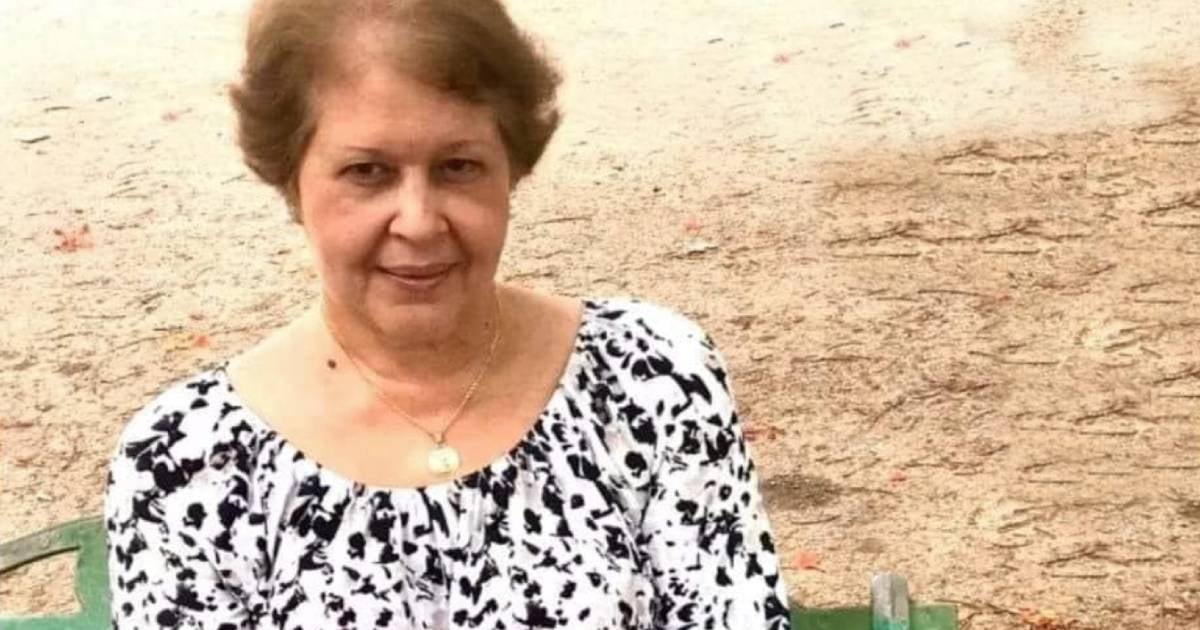Labatella
Scientists from the University of Copenhagen did an investigation What happened to a particular type of plasma, the first material in the universe, during the first microsecond of the Big Bang?. This is explained by a University statement.
The generally accepted cosmic model of the Big Bang assumes this The universe began to expand, which is known as singularity, That is, a point of compression of an infinitely hot and dense material. About 14 billion years ago, this point was drastically expanded in a process called the Big Bang.
Although this rapid expansion is known to have created particles, atoms, stars, galaxies and life as we know it today, the details of the process remain unknown. A new study published in Physics Letters B sheds light on the early moments of the universe’s creation. In particular, scientists have focused on a substance called the quark-gluon plasma, which was the only substance found in the first microseconds after the Big Bang..
First, the plasma made up of quarks and gluons was separated by the expansion of the universe at a very high temperature. Then the quark particles were transformed into what are called hadrons. A hadron with three quarks produces a proton, which is part of the nucleus of the atom. These nuclei are the basic building blocks that make up the Earth, We and the universe are around us, ”explains Yu Zhu, Associate Professor at the Niels Bohr Institute, University of Copenhagen.
A) Yes, The quark-gluon plasma lasted for the first 0.000001 seconds of the Big BangAnd then it disappeared due to expansion.
Scientists were able to reproduce the first moments of the formation of the universe in the Large Hadron Collider, which crushed plasma ions at speeds close to light, allowing scientists to see how the quark-gluon plasma turned into atomic nuclei.
Researchers have also developed an algorithm that is able to analyze the mass expansion of the largest number of particles produced simultaneously to date. Thanks to this, it was possible to show it The quark-gluon plasma was originally in a liquid state and changed into a gaseous state over time“It is something surprising and different from any other topic we knew and what we expected,” the statement said.
This small discovery allows us to get closer to solving the phenomena that occurred during the Big Bang and the evolution of the universe. It took us about 20 years to discover that the quark-gluon plasma was liquid before hadrons became the building blocks of life. Therefore, our new knowledge of the ever-changing behavior of plasma is a breakthrough, ”Chu stresses.

“Proud web fanatic. Subtly charming twitter geek. Reader. Internet trailblazer. Music buff.”







More Stories
Pluto got a “flip” after colliding with a planetary body
NASA's mission will try to decipher whether it is possible to grow crops on the moon
This is the only human structure that can be seen from space; Few people know her